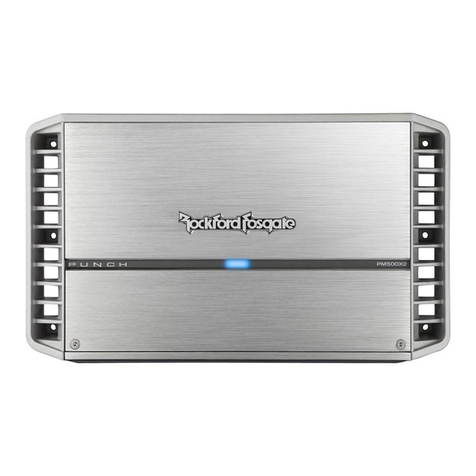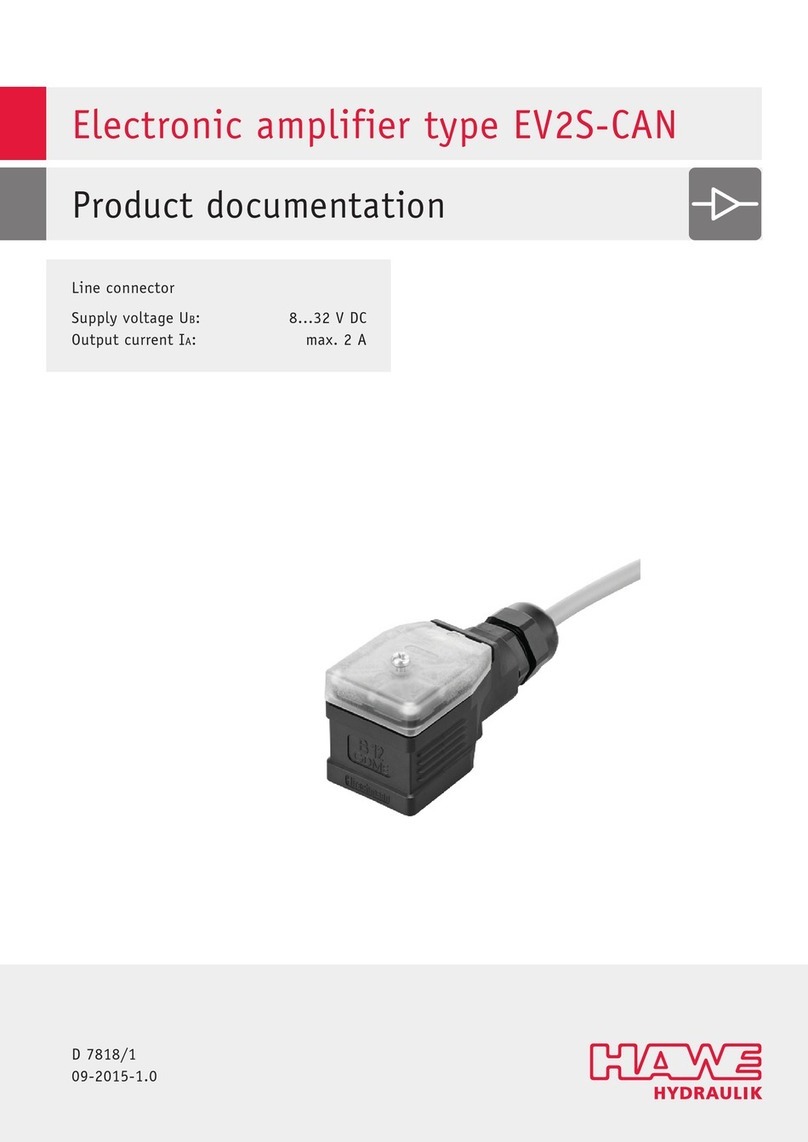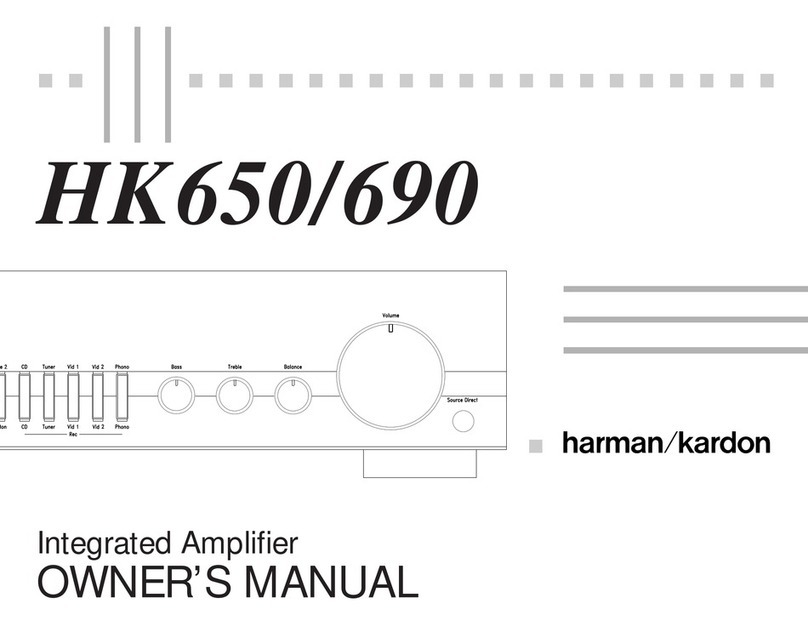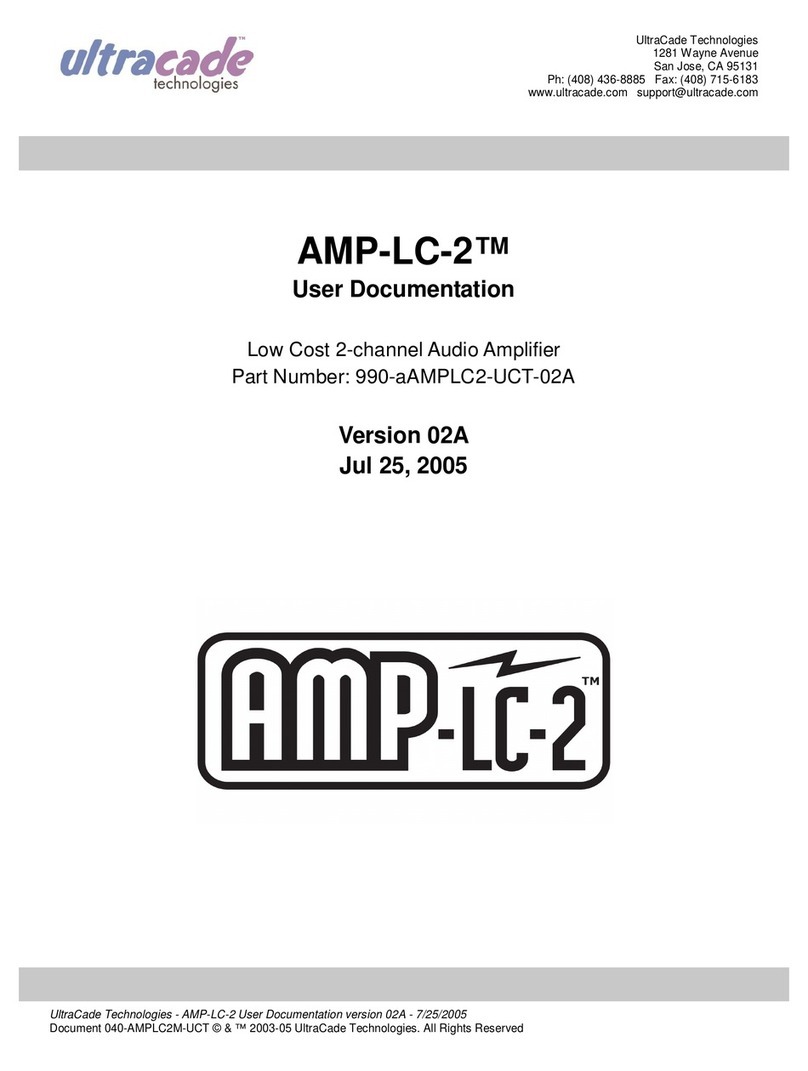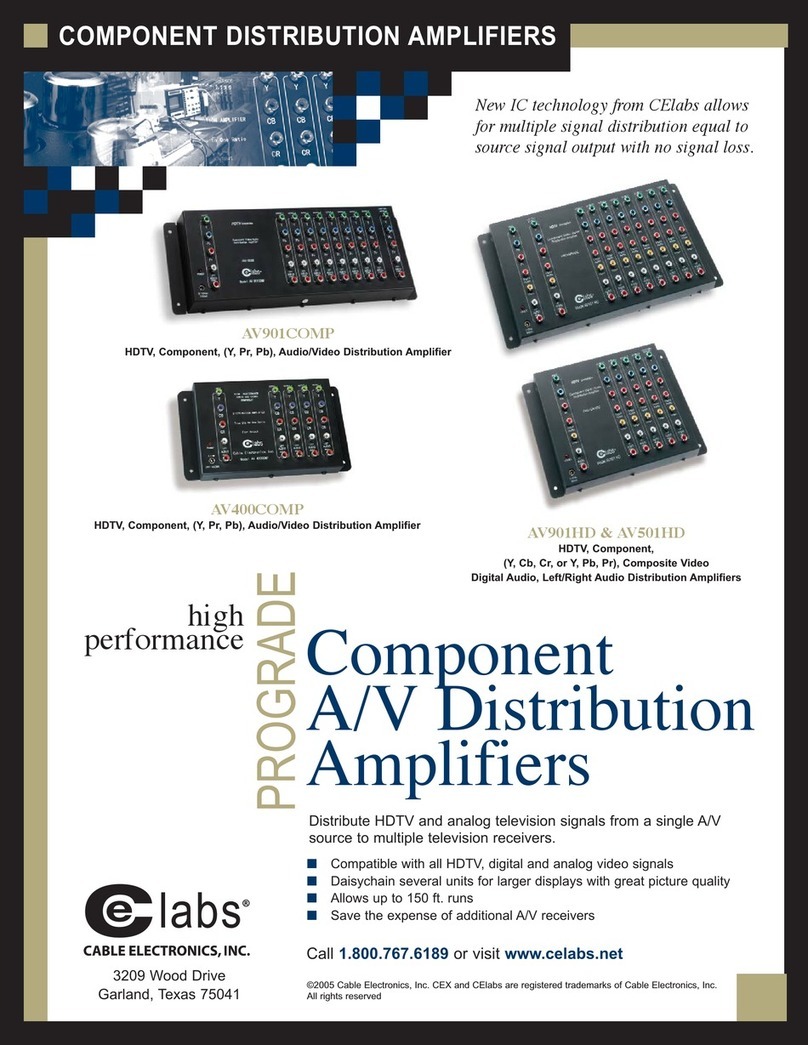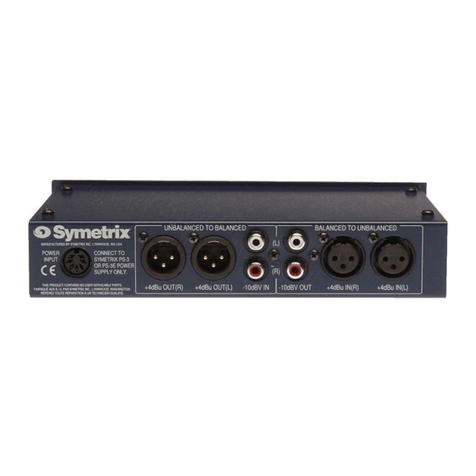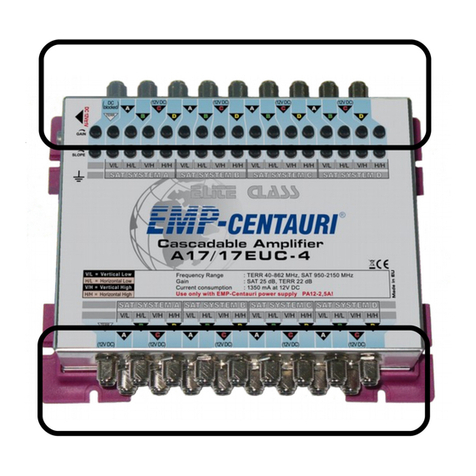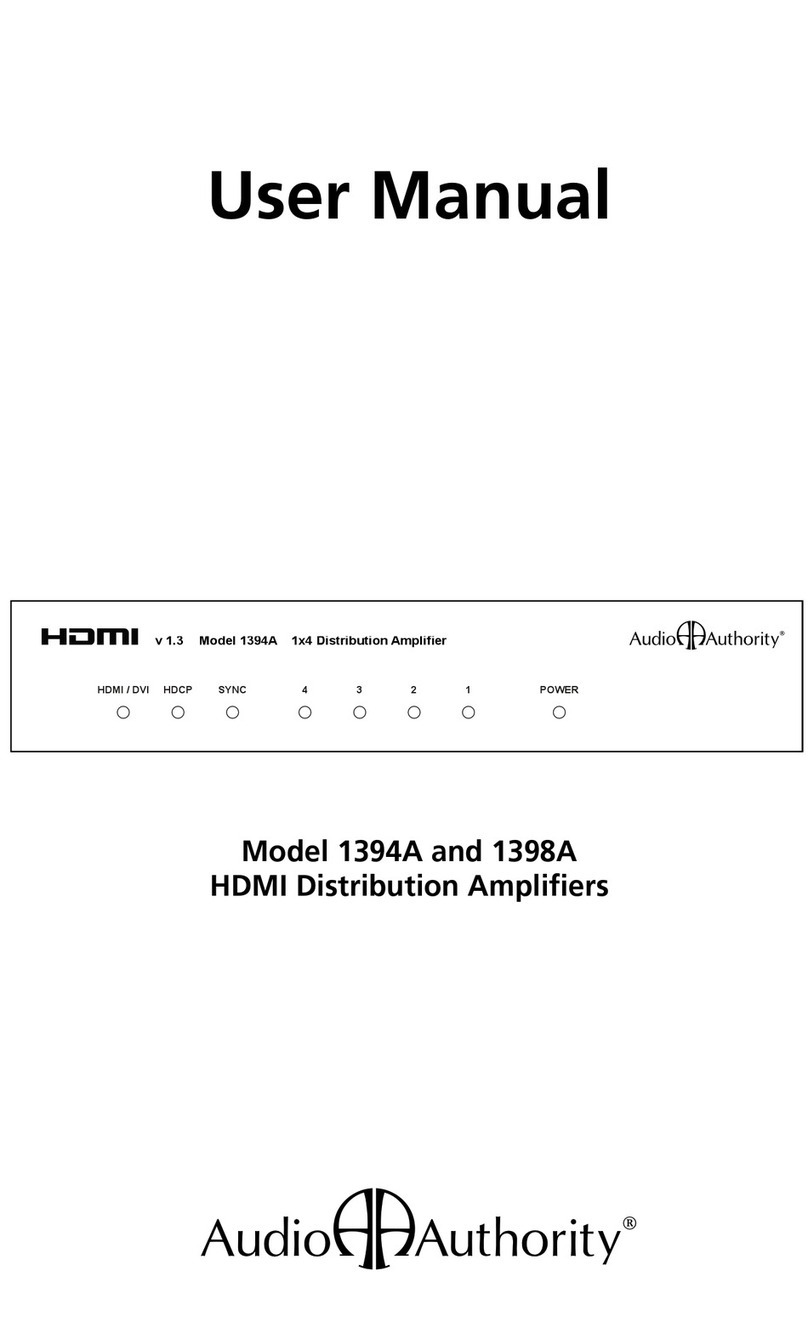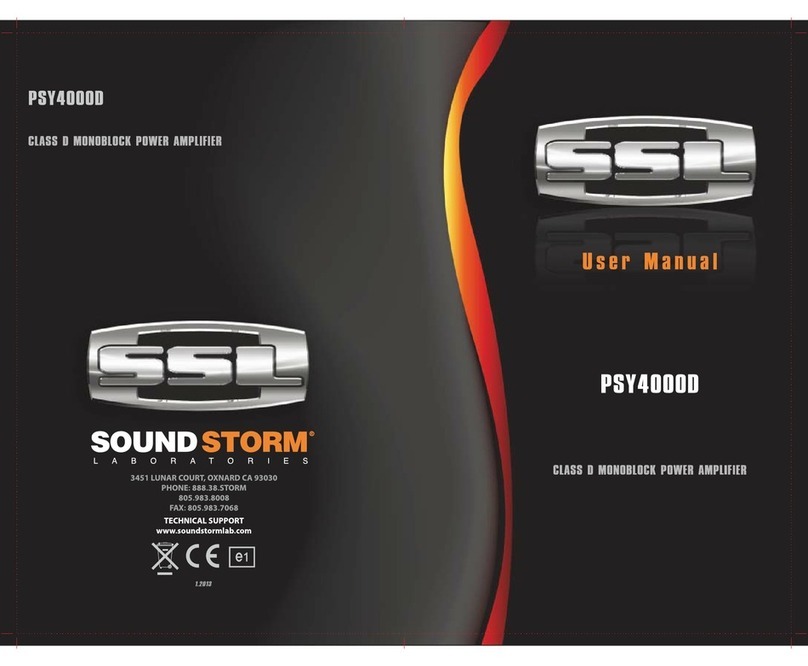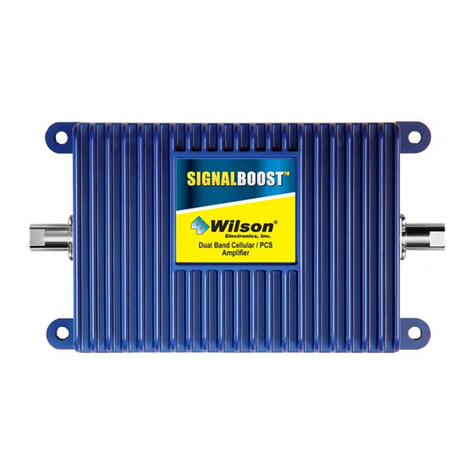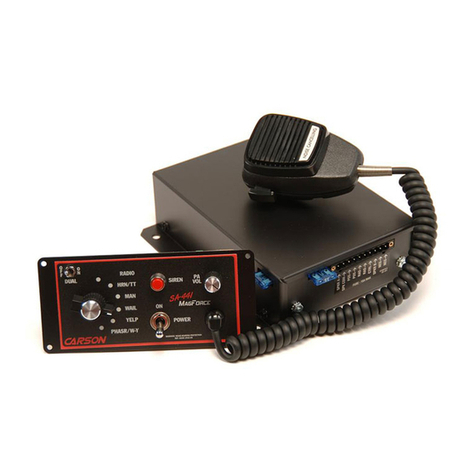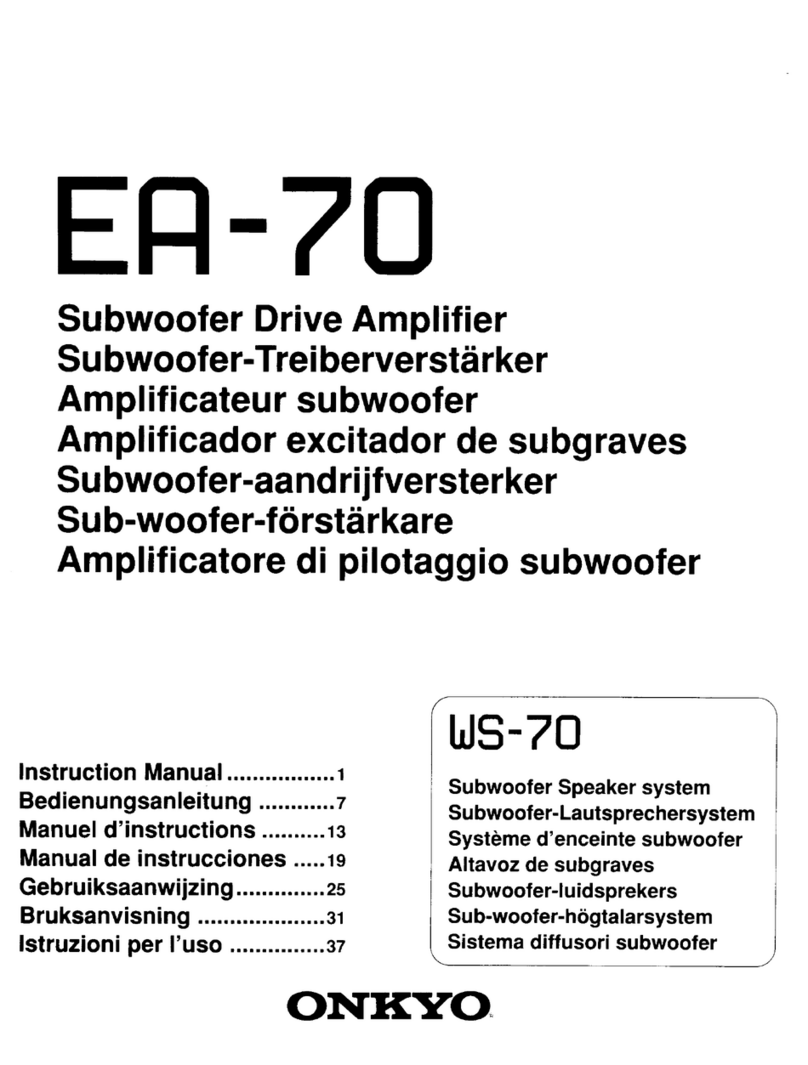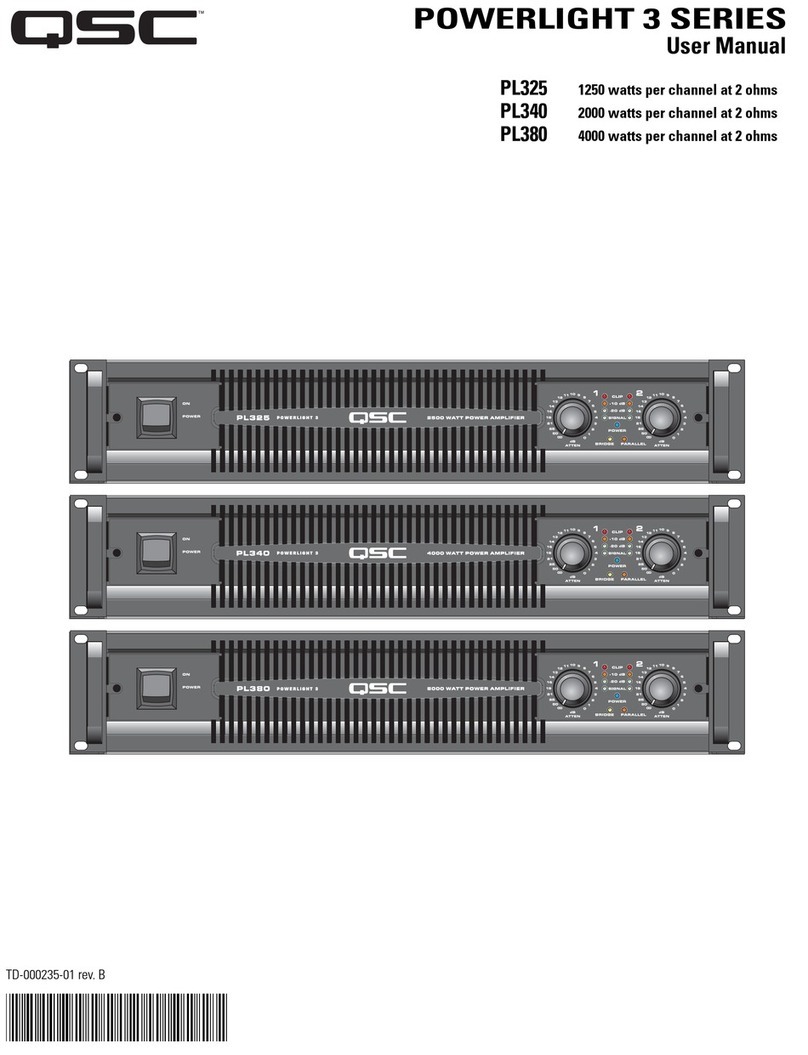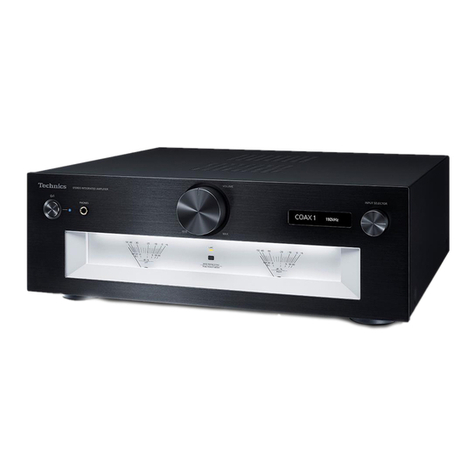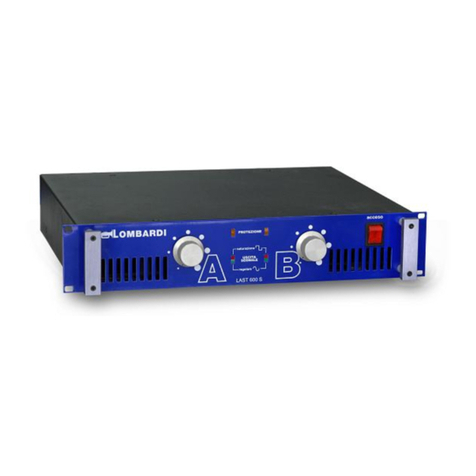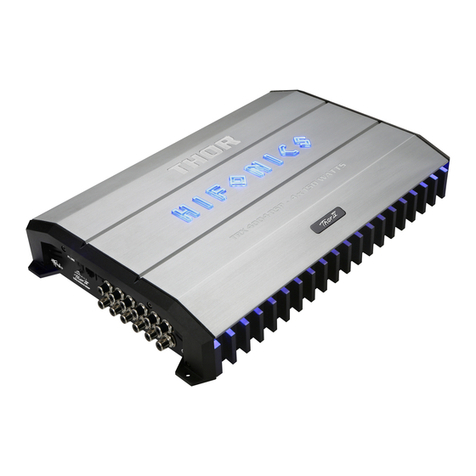Crutchfield 000AMPIG User manual

Tools Needed: (depending upon vehicle)
000AMPIG
Revision 3/14/05
▲
*000AMPIG*
®
Copyright 2005 Crutchfield Corporation
Amplifier Installation Guide
Flat Blade
Screwdriver
Phillips
Screwdriver Panel Tool
Pliers Drill &
Bit Set
Utility Knife
Wire Stripper/
Crimp Tool
A note about wiring: In addition to the tools listed, your amp
installation will require power and ground wiring, plus RCA
cables, terminals, and a remote turn-on lead. The easiest way
to get all of these items is in an amplifier wiring kit, available
at crutchfield.com.
Soldering
Iron
Heat
Shrink Tubing Electrical Tape Heat Gun
Socket &
Ratchet Set
IMPORTANT
Before starting, compare items on your invoice with items received. Carefully check through packaging material. If
any item is missing, please call: Crutchfield Customer Service at 1-800-955-9091
Although reasonable attempts are made to verify the accuracy of the information
contained in this guide, it is presented without warranties or guarantees of any
type due to the constantly changing nature of this type of information and running
changes in vehicle production. Any person or entity using this information does so
at his or its own risk. If you find that our instructions do not apply to your vehicle,
or if you have questions, do not continue with your installation. Contact our toll-free
technical support for assistance (Tech support phone number is on your invoice).
As with any car audio/video installation, your first
step is to disconnect the negative terminal of your
car battery to prevent short circuits. Check your Crutchfield
MasterSheet™ (available for most vehicles) or vehicle owner’s
manual for specific directions. In some vehicles, disconnecting
the battery may require you to re-enter a security code or have
the dealer reset the internal computer.
!

000AMPIG
2
®
Copyright 2005 Crutchfield Corporation
Planning ahead:
Choosing your location according to these guidelines will help your installation
go smoothly:
• The amp should be at least three feet from the radio to avoid noise radiated
from the vehicle’s electrical system. If it's closer than three feet, the amp can
also interfere with the receiver’s AM/FM reception.
• An amp produces some heat during operation, which its heatsink absorbs
and radiates, so it needs a few inches of air space to stay as cool as possible.
When mounting an amp on a side wall, make sure the fins on the heatsink are
vertical. Never mount an amp upside down, as dissipated heat will radiate back
into the amp.
• There must be enough room on either side to make the wiring connections and
adjust the controls (gain, crossover, bass boost, etc.).
Good locations include:
Under a seat.
• Pros: Closer to the radio, so you can often use shorter patch cables and signal
cables, which are less prone to noise and signal degradation. Closer to the front
speakers, so running wire to them will be easier. No cargo space sacrificed.
• Cons: You may have to remove the seat to do the installation. Larger amps might
not fit. You must elevate the amp to avoid contact with water from rain or snow
brought in on passengers’ shoes.
On the firewall (passenger side).
• Pros: Short wires and patch cords required. You won’t have to remove a seat or
climb into the trunk.
• Cons: Only very small amps fit here. Closer to some common noise sources.
In the trunk or hatch area (mounted on the floor, side wall, or the back of the rear seat).
• Pros: Plenty of room for large amps. Near the rear speakers and subwoofers.
• Cons: You sacrifice some cargo space. Longer wires and patch cords required. If
working in the trunk, tape over the latch so you won’t get trapped inside accidentally.
IMPORTANT: Follow the manufacturer’s recommendations for mounting the amp
and make sure it’s secure. An amp that isn’t secure could break loose in an
accident and injure a passenger as it flies through the vehicle.
Making the Power Connections
1. Following your Crutchfield MasterSheet™ (available for most vehicles) or
owner's manual, set the parking brake and disconnect the negative termi-
nal from your battery to prevent any electrical short.
2. Remove the red power wire from your amp wiring kit (usually 16-20 feet
in length). Locate a hole on the firewall; most cars have a pre-drilled one
you can use. If not, you’ll have to find a good place to drill one. If you have
problems, contact Crutchfield technical support at the phone number
listed on your invoice. Once you’ve found or drilled a suitable hole, run
the power wire through the hole into the engine compartment.
3. The red power wire from your amp wiring kit may have a fuse holder
installed. If so, go to step 4 (next page). If not, find a good spot close
to your battery to place your fuse-holder (included in the kit) — less than
6" from the battery is best. Cut a short piece off the end of the power
wire (to cover the distance from the battery to the fuse holder location),
and strip the insulation off both ends with a wire stripper.
Crimp the terminal ring (included in the kit) onto one end of the short
piece of wire, and crimp the fuse holder onto the other end. Strip the
insulation off the end of the red power wire that leads into the passenger
compartment, and connect it to the other end of the fuse holder.
Route the red (power)
wire from your amp
wiring kit through a
hole in your vehicle’s
firewall.
Fuse installed on
power wire, and
secured in engine
compartment.
Always be careful when drill-
ing or cutting in a vehicle. Be
aware of things such as wiring,
windows, fuel lines, and safety
devices. Check drilling/cutting
depth and location to avoid
damage to vehicle appearance.
CAUTION:
!

000AMPIG
3
®
Copyright 2005 Crutchfield Corporation
4. Attach the power cable to the positive battery terminal (not directly to the battery post itself).
For top-mounted battery posts, the most common way to do this is to crimp a ring terminal onto
the end of the power cable (most cables in wiring kits come with it already attached), remove the
battery terminal’s nut, slip the power cable’s ring over the bolt that secures the battery terminal to
the battery post, and replace the nut. For GM vehicles with a side-mount post, we offer an adapter
that works nicely.
Thread the wire loom (included with some kits) over the red power cable until it reaches the
firewall and cut to fit. Thread another piece over the short power wire running from the fuse holder
to the battery.
Anchor the fuse holder to a suitable spot with a self-tapping screw (see photo on page 2).
5. Remove the radio from the dash to access the turn-on wire (usually a blue wire). The turn-on
wire will “tell” your amplifier to turn on whenever the receiver is powered up (usually, whenever
the vehicle is turned on). For step-by-step instructions on removing your vehicle’s radio, see your
vehicle-specific Crutchfield MasterSheet™ (available for most vehicles), or read our In-Dash
Receiver Installation Guide.
Strip the insulation off a small section of this wire coming from the radio, wrap the blue turn-on lead
(included in amp wiring kit) around it, and solder. Or, make the connection with crimp connectors and
a crimp tool. Wrap the solder or crimp connection with electrical tape (or use a heat gun to apply
heat shrink tubing) to guard against a short. Using wire ties (included in the kit) to secure the wire,
route the blue turn-on lead behind your dash to the place where the red power wire comes through
the firewall. You will route the turn-on lead and red power wire together to the amp location.
Locate the remote turn-on lead behind your radio
(usually a blue wire), and connect the turn-on lead
from your amplifier wiring kit to it.
Making the Signal Connections
6. If your in-dash radio has preamp (RCA) outputs, connect the RCA patch cables (included with
most kits) to these outputs, taping them together so they won’t come apart. Route the patch
cables (again, using wire ties) to the OPPOSITE side of the vehicle from the power cable and blue
turn on lead. It’s important to separate the patch cables from the power wires to avoid potential
noise problems. Now you can partially re-install the radio in the dash (don’t push it all the way in,
in case you need to fix a problem later.
Step 7 begins on page 5.

000AMPIG
4
®
Copyright 2005 Crutchfield Corporation
Wire Routing
Upper Pillar Trimpanel
Lower Pillar Trimpanel
Seat Belt Cover/Anchor
Door Scuff Plate
All system wiring should be concealed for safety, and to give your
installation a nice, finished look. Wires should be secured so
that they do not interfere with safe vehicle operation. Depending
on the vehicle and the location you choose for your amplifier, the
wiring for your system may need to be run under the dash, door
scuff plate, pillar trimpanel, or kick panel. The instructions below
address, in general, which panels may need to be removed and
how they typically come off. Often, panels can be pried up at
edges. Screws and retaining clips might also be present that will
require removal (Figure 1). To prevent damage, always use care
when removing panels — a panel removal tool is helpful.
Door Scuff Plate removal
The plates are usually removed by prying up the edges to release
clips. Some vehicles will have screws present which will need to
be removed (Figure 2).
Seat Belt removal
A seat belt may be located on a panel that
needs to be removed. Most seat belt anchor
covers pry off. The seat belt anchor is secured
with a large nut or bolt (Figure 3).
Pillar Trimpanel removal
Remove seat belt if present. Remove screw covers, screws, and
plastic retaining clips if present. Pry up edges of panel to remove
(Figures 4 & 5).
Kick panel removal
Look for screws and pry-out retaining clips to remove.
Pry out edges of panel to release and remove (Figure 6).
Routing wire behind dash
Route wire behind dash and secure with plastic wire ties.
Be sure that wire doesn’t interfere with any moving parts
to ensure safe operation of vehicle.
Routing wire for components and power connections
Determine desired locations for each component. Remove
panels necessary to route and conceal wires. Test system
before re-installing panels.
Kick panel
FIGURE 2
FIGURE 1
FIGURE 3
FIGURE 4
FIGURE 5
FIGURE 6
Screw w/ Cover Retaining Clips
The seat belt is
usually secured
with a large hex
head or Torx bolt.
✔ Make sure seats and
seat belts are secured to
manufacturers’ specifications.
!SAFETY CHECK
!

000AMPIG
5
Amplifier Mounting and Connections
7. After routing the power and signal cables to your amplifier, using the techniques
described on page 3, you’re ready to mount and hook up the amplifier. First, remove a
bolt near the planned amp location. Crimp a ring terminal (included with the kit) to the
short piece of black ground cable (also in the kit). Scrape away any paint and clean the
bolt location thoroughly (improper grounding is the #1 cause of noise problems), and
then bolt the terminal tightly to the vehicle’s metal chassis. If you can’t find a
convenient ground screw or bolt, drill a hole for one — be careful not to drill into the
gas tank or a gas or brake line.
8. Mark off the amp’s location on the floor or seat back (or your chosen location), also
noting the location of the power connections, speaker outputs, and preamp inputs.
Make slits in seat back fabric (or carpet, if the amp is to be mounted on the vehicle’s
floor), and run the power, speaker, and RCA wiring under the material to the appropriate
slits. Here’s where a wiring snake (available at hardware or auto parts stores) comes
in handy. Insert the snake through the slit, grab the wiring with the snake’s grips, and
pull it through.
9. Install grommets and terminals (included in wiring kit) at the ends of the power,
ground, and turn on leads, and connect them to the amplifier. Connect speaker wire
and RCA patch cables to the amp. Reconnect your car’s negative battery cable, turn
on the radio, and the amp should power up. Start your car, rev the engine, and listen
for any engine whine coming through the speakers. If there are no noise problems,
re-install the radio and mount the amplifier using self-tapping screws.
10. Connect speaker wires to your speakers (or subwoofer box). Then, to maximize clean
signal strength from your amp, you'll need to adjust the gain or input sensitivity
settings. Here’s how:
• Set the input sensitivity controls of your amplifier to their minimum level (counter
clockwise).
• Put in a CD and turn up the receiver’s volume (you might have to raise the amp’s
gain just a bit to hear the music).
• When you hear distortion, stop. Turn the volume down just until the distortion
disappears. This maximizes the signal-to-noise ratio, and leaves your system less
prone to engine noise problems. Keep the volume setting here.
• Now turn the gain controls on the amplifier up until it reaches the loudest volume at
which you'll play it. If you hear distortion, slightly decrease the gain settings.
Now you’ve optimized the amp’s output with the receiver’s volume set near maximum.
You can turn the volume almost all the way up and not damage your speakers or amplify
distortion. If you’re hooking up a subwoofer, a test disc (or bass-heavy CD) is helpful for
making final adjustments.
Bolt the ground terminal tightly to the vehicle’s metal chassis.
A wiring snake can come in handy for
pulling wires to the amp mounting location.
RCA cables routed through slits in the
vehicle’s carpet, and connected to the
amplifier’s signal inputs.
Always be careful when drilling or cutting in a vehicle.
Be aware of things such as wiring, windows, fuel lines
and safety devices. Check drilling/cutting depth and loca-
tion to avoid damage to vehicle appearance.
CAUTION:
!

000AMPIG
6
Tech Tips
•Entrance through fire wall may be found by following the hood release cable. The grom-
met or entrance may be large enough for both the cable and amp power wire. Use a wire
coat hanger to fish the cable through.
•If drilling a hole through the fire wall, use a rubber grommet to seal the hole and protect
the power wire.
•The turn-on wire for aftermarket stereos is usually blue/white. It is required to be
used with most amplifiers to turn the amp on. It is safe to route the turn-on lead
with the RCA wires, if being used.
•If the amp fails to trun on, check the main power wire fuse, as well as the fuses
on the amp. Also, ensure that the ground cable is connected to an unpainted metal
surface, such as seat bolts. If the amp does not turn on, check the remote turn-on
lead to verify voltage . To test, disconnect the remote turn-on lead. Then connect
a small jumper wire from the main power wire to the remote turn-on terminal of the
amp while power wire is disconnected. Replace the fuse and verify that the amp
turns on. Also, test it with a multi-meter. This will tell you if the remote turn on is
working or not.
®
Copyright 2005 Crutchfield Corporation
Table of contents
Other Crutchfield Amplifier manuals
